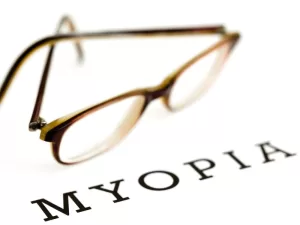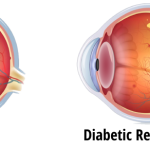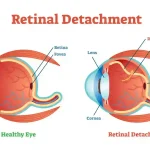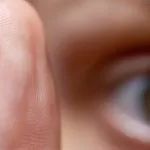
Myopia Control: Latest Advances and Treatment Options
Myopia, also known as nearsightedness, is a common vision causing light to focus in front of the retina instead of on it. This results in blurry vision when looking at distant objects.
What is Myopia Control?
Myopia control refers to various methods used to slow down or stop the progression of myopia. Myopia usually develops during childhood and progresses throughout adolescence, stabilizing in early adulthood. However, some people continue to experience progressive myopia even in adulthood. High myopia, which is defined as a prescription of -6.00 diopters or higher, increases the risk of serious eye problems such as retinal detachment, glaucoma, and myopic maculopathy.
5 ways to Control Myopia
1. Â Glasses:
Full time wearing myopic glasses is essentially important to correct and stabilize the progression of myopia. Maintaining timely follow up visits within at least 6 months plays a vital role in identifying the sudden change in your refractive error.
2 .Orthokeratology:
Orthokeratology is a non-surgical procedure that involves wearing specially designed contact lenses overnight to reshape the cornea, providing clear vision throughout the day without the need for glasses or contacts.
3. Atropine Eye Drops:Â Â Â Â Â Â Â Â Â Â Â Â Â Â Â Â
Atropine eye drops are a pharmaceutical intervention used mostly in children’s in reducing myopia progression. According to studies, use of low dose atropine eye drops (0.01%, 0.1%) are better tolerated and could be a very good option in clinical practice. However, a once or twice-a-week application could be an alternative treatment option for the use of high-concentration atropine (0.5% or 1.0%).
4. Bifocal and Multifocal Glasses:
The accommodative response plays a vital role in progressive myopia. If this accommodative response is associated with the progression of myopia, the reduction of the accommodative response through the use of bifocals on already myopic children has the effect of reducing the rate of progression of myopia in them.
5. Behavioral Interventions:
Behavioral interventions such as reducing near works, taking frequent breaks from near work, increasing distance viewing, spending more time outdoors in the natural light has shown to reduce the risk of myopia progression.
If you or your child have myopia, it is essential to discuss myopia control options with your eye doctor. They can recommend the best myopia control option for your individual needs and help you maintain good eye health.





